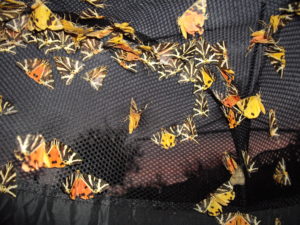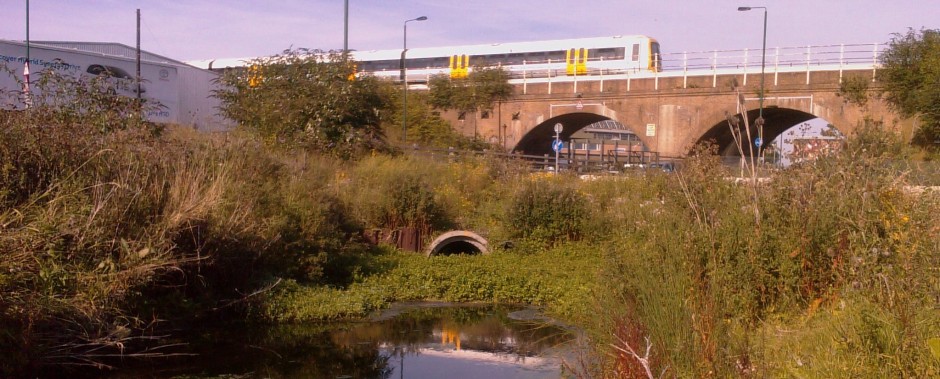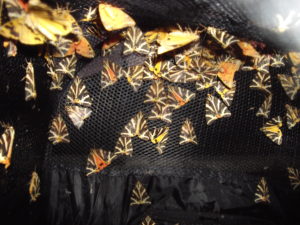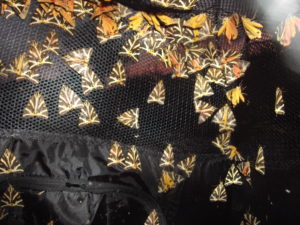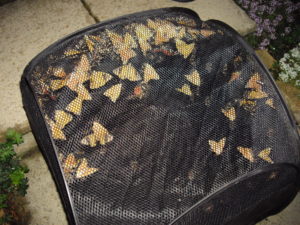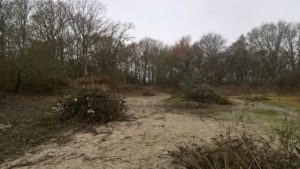Cory has begun the legally required phase of its public consultation exercise for a second rubbish incinerator on the marshes next to Crossness Local Nature Reserve (capacity the London Assembly Environment Committee and the London Mayor’s Environment Strategy says will not be necessary if recycling targets are met), along with an anaerobic green/food waste digester, battery storage, solar array, cabling and possible CHP infrastructure. There are 5 ‘community consultation events’ to be held from 6th to 12th July at venues in Belvedere and Slade Green. The deadline for comments is 30th July. We encourage readers to submit their views at these events and in writing. This post puts forward critiques regarding both the wider environmental issues around these proposals and on some of the local impacts in order to assist with this. Direct links are given to key Cory documents. The Assembly report on energy from waste is embedded below.
As regards a second incinerator, we have previously criticised this as a linear process, and nothing to do with the recycling of resources, something also stressed by the Mayor and Assembly. According to figures quoted by Assembly member Caroline Russell (Green) in questions to the Mayor in December 2017, 70-80 per cent of London’s household waste is recyclable, yet more than 50 per cent of London’s waste is sent to ‘Energy from Waste’ incinerators. In addition, recycling rates among the Western Riverside Waste Authority boroughs (Hammersmith and Fulham, Lambeth, Wandsworth and Kensington and Chelsea) have fallen since they started their contract with the Belvedere EfW incinerator in 2012. The conclusion to be drawn is that incineration is depressing London recycling rates.
We have not previously commented on the green/food waste digester element of this. Insofar as this material contains a high percentage of water, the carbon cost of lugging it around is exacerbated, and the last we heard it was currently carted to a facility in Suffolk, a more local solution may be preferable. However, there appears to be massive scope for increasing home garden composting in Bexley based on how few compost bins can be seen from train windows in even large gardens backing onto the railway lines. Cory’s documentation is not crystal clear as to whether such waste will also be brought in from outside Bexley or not.
Locally, whilst the actual construction is to be within Cory’s existing site footprint, there does not appear to be a map showing the area to be used for construction vehicles and materials. The text description is somewhat ambiguous, talking about formerly used land to the south of the existing incinerator and west of Norman Road. This would appear not to mean the Cory/Borax fields. It should be noted that the green field between the incinerator and the C/B fields falls within the Site of Metropolitan Importance for Nature Conservation boundary, whether previously ‘developed’ or not, so we need to be clear about the precise location they intend to use.
One publication states that delivery of waste will predominantly be by river, though Cory has recently been applying for increased lorry movements, whilst another document essentially says it is looking at the economics of river vz road and hasn’t decided on the mix yet. Cause for concern there, then.
Clearly there will be another large visual intrusion, which Cory’s own assessment accepts is of significant negative impact. Their artist’s impressions conveniently avoid illustrating the combined effect of these new proposals plus the four-storey data centre build already given outline permission by Bexley Council, in surrounding Crossness LNR by walls of very tall buildings on two sides. Yet more night lighting will be introduced to the marsh and both the amount, directionality and spectra of that need to be taken into account.
Cory has settled on the stepped roof option for the new incinerator building, for reasons of efficiency of the rooftop solar arrays and safety of access. We don’t really need to say more about this other than to note that the suggestions made by Bexley Natural Environment Forum that Cory should look to put solar on the roof of the existing incinerator, and should look at leasing local warehouse roofs for the installation of significant additional solar capacity has not been addressed. Indeed I cannot find a document setting out what the feedback from the preliminary consultation has been, or how Cory has responded, or intends to respond to specific concerns and proposals raised.
The preferred route for Cory of the electrical cabling out to Littlebrook Power Station would see it put under the footpath from the Thames that runs down past the Protected Area to the dual carriageway, causing further disruption to the LNR. It also passes along the northern edge of Thames Road Wetland, though the paperwork implies that it will be buried under the road here ………
It is mentioned that Cory has looked at the combined air quality effects of Incinerators 1, 2 and the Thames Water Sludge facility, but it is not made plain whether or not this has been set within the context of wider London air quality data and problems.
Cory says it believes that there will be no significant negative impacts on biodiversity from the construction, operation or decommissioning of the proposed new facilities. These are direct local effects of course. Even if this is true, we would contend that supporting a resource-wasteful economy by undermining recycling has indirect effects, and that all the while Cory occupies the current footprint, the scope to compensate for the loss of open space elsewhere on the marshes (most recently Cory’s own Data Centres, proposed ‘Innovation Centre’) by restoring other areas is blocked off at this location. A lot of the larger open spaces left in London are designated as sites of importance for wildlife and, in requiring large buildings, the pursuit of further incinerator capacity in London threatens such sites, as seen with the bitterly opposed Beddington Farmlands and Pinkham Way incinerators.
It should be noted that since this proposed development passes the threshold for a ‘Nationally Important Infrastructure Project’, it will be dealt with by the Planning Inspectorate at a public inquiry, at which the public and other interested parties can put forward evidence. It will not be determined by Bexley Council’s Planning Committee, but one would expect the Council to take sides at the inquiry. We will therefore need to lobby Councillors to try and get Bexley to take the right side.
For further background see:
https://riversideenergypark.com/
The basic consultation leaflet is here and probably has enough detail for friends and relatives you can persuade to become concerned:
https://riversideenergypark.com/assets/images/Statutory-Consultation-Leaflet_FINAL_June-2018.pdf
A fuller non-technical environmental summary that followers of this website would want to look at is here:
https://riversideenergypark.com/assets/images/Riverside-Energy-Park_EN010093_PEIR-Non-Technical-Summary.pdf
Terrestrial biodiversity impacts are dealt with here. As usual with this sort of document a large proportion of it, at the top, is devoted to rote regurgitation of all the legal constraints, policies and guidance they are supposed to abide by:
https://riversideenergypark.com/assets/images/Riverside-Energy-Park_PEIR_Chapter-11-Terrestrial-Biodiversity.pdf
A list of all available documents is here:
https://riversideenergypark.com/consultation/materials
The London Assembly Environment Committee report dealing with waste, recycling and incineration follows.
(Chris Rose, Vice-chair, Bexley Natural Environment Forum)
http://www.bexleywildlife.org/wp-content/uploads/2018/07/GLA-Envt-committee-waste-energy_from_waste_feb15.pdf
